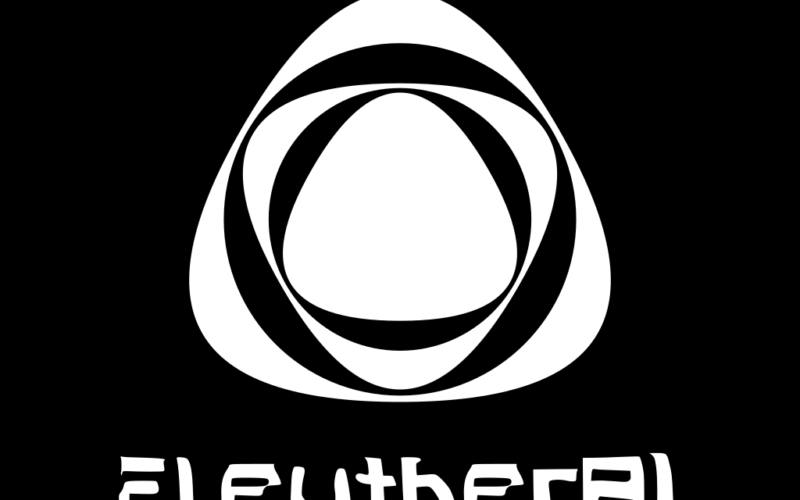In the first weeks after OpenAI released ChatGPT to the public in 2022, Anton Pavlovsky, the chief executive of the Ukrainian edtech startup Headway, was wary of the artificial-intelligence hype.
He decided his then-three-year-old company should adopt a defensive strategy, letting other companies take the lead in generative-AI investments, and reaping the benefits afterward, should they indeed come.
But a business trip to Silicon Valley the following April completely changed Pavlovsky’s thinking.
“I talked with so many very smart people with lots of experience, and those people said that this is definitely a paradigm shift,” Pavlovsky said. “They said that it’s akin to the internet, the world wide web, then the smartphone, and then AI.”
On his return, he implemented a companywide, four-month, hardcore focus on AI. The company also created a separate cross-functional team to help integrate AI-powered features into its various products.
Pavlovsky said the use of AI tools has made a profound difference to the company’s marketing performance.
During the first six months of 2024, the company said AI-driven ads reached 3.3 billion impressions. The company said the use of AI tools had increased the return on investment from its video ads by 40% because it had helped lower the costs Headway would have previously spent on production. Headway declined to disclose its marketing budget but said it is in the “millions.”
“The biggest impact is on opportunity costs for people, it’s freeing up so many resources on creative and more value-add endeavors for experimenting with crazy ideas,” Pavlovsky said.
Headway joins a growing number of marketers looking to harness AI tools, in part to reduce their advertising costs.
The buy-now-pay-later firm Klarna made waves when it said AI had helped cut its spend on marketing agencies by 25%. A recent Gartner study predicted that 30% of outbound marketing messages from large companies would be synthetically generated by 2025. The rapid adoption of the tools has the marketing industry excited about AI’s prospects, but some are uneasy about the consequences for agency jobs and question whether consumers are ready for an influx of ads using or mentioning AI.
Headway is using AI tools like HeyGen, Rask, and Midjourney
Founded in Ukraine in 2019, Headway operates a portfolio of educational apps that combined have been downloaded by more than 110 million users worldwide. The company continues to be headquartered in Ukraine’s capital, Kyiv, though most of its users are based in the US. (The company previously said after Russia’s invasion of Ukraine, it had helped the majority of its staff and families who wanted to move away from the country to do so, though some have since returned.)
Its flagship app, Headway, offers 15-minute summaries of popular nonfiction books, as well as challenges and daily micro-learning sessions. Other apps in its portfolio include the brain-training app Impulse, the AddMile coaching platform, and its newest, Skillsta, which is a training app for soft skills like critical thinking and empathy. The company makes money through paid subscriptions.
Headway has leaned heavily on advertising on digital platforms like Meta’s Instagram and Facebook, Google, and TikTok in order to grow its user base.
All of Headway’s user-generated-content video ads are now produced using some element of AI technology, such as for subtitles or voiceovers, the company said. UGC ads refer to those that blend in with other content on an app, such as vertical video ads on TikTok and YouTube Shorts, and are often produced by creators rather than professional production teams. These ads account for 30% to 50% of the purchases of Headway subscriptions or signups to its 7-day free trials, according to the company.
While Headway used to rely heavily on stock images for its static ads, around one in five of its paid downloads or trials are now driven by static ads that use AI-generated images, the company said.
When the company launched the French version of its Headway app, it used the AI tools Rask and HeyGen, as well as the DeepL translator, to translate a video ad featuring an English-speaking creator into a convincing ad for a French audience using AI voiceover and lipsync features.
Elsewhere, Headway used tools, including HeyGen and D-ID, to animate characters in famous paintings like the Mona Lisa to make them “speak” in a YouTube Shorts ad to encourage users to “stop scrolling” and download its Nibble knowledge app.
Headway also uses text-to-image tools like Midjourney and Leonardo AI. In one example, it produced a static ad featuring an image of Marie Antoinette biting into a marshmallow to promote its concept of “bite-sized learning” for its Nibble app.
Headway
Headway is also increasingly introducing AI features to its own products. The Headway app is currently testing an AI assistant that uses the OpenAI application programming interface, Google Cloud’s Vertex AI, and its own vector database to answer user queries based on its library of book summaries in a conversational format.
Unexpectedly, some users are spending “hours per day” communicating with the AI assistant, according to Pavlovsky, which he said speaks to the success of the company’s AI push.
“Maybe some legacy players that don’t move fast won’t have that kind of speed of adoption, but for startups, or digital natives, it’s a no-brainer,” Pavlovsky said.
Source link
lol

